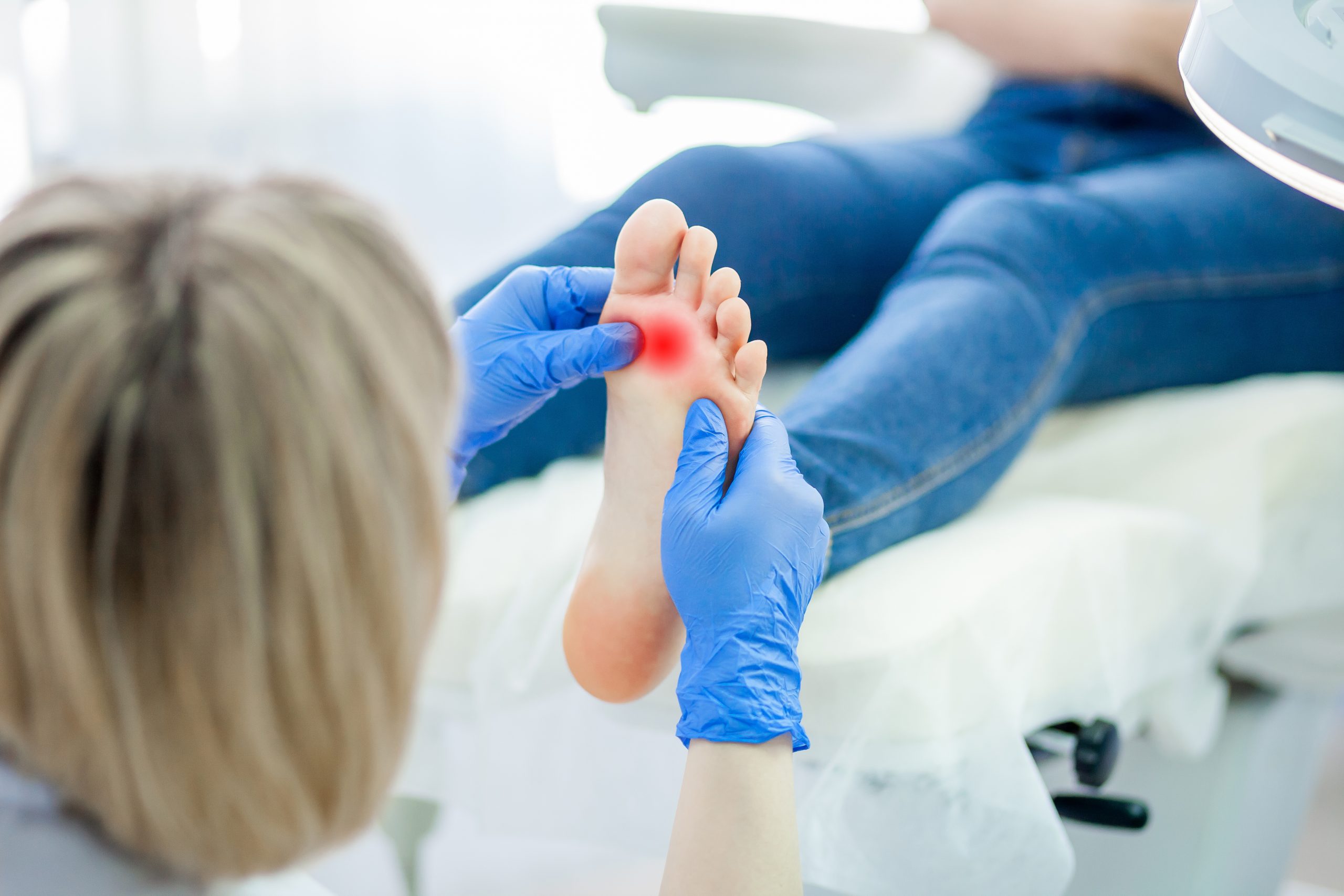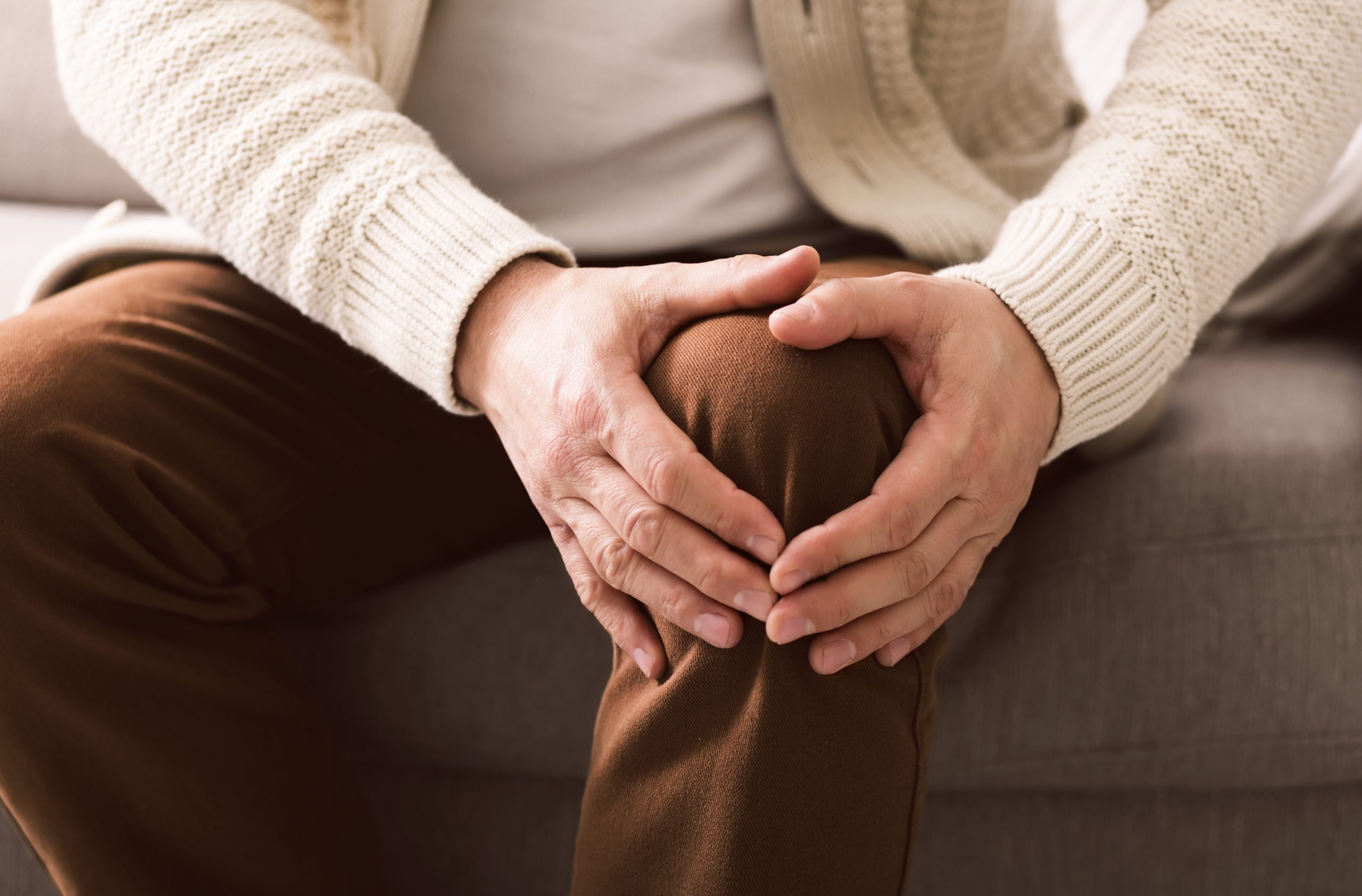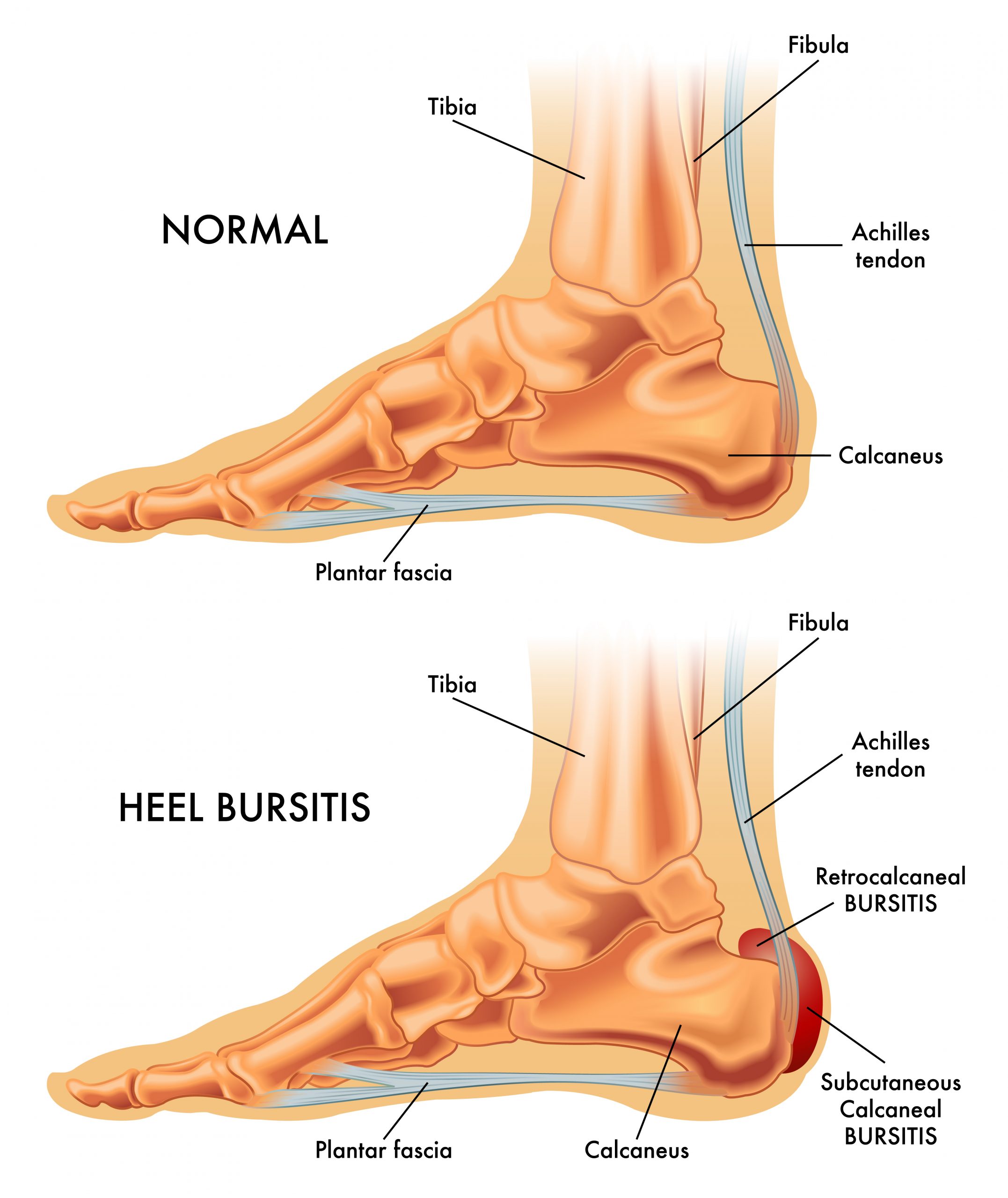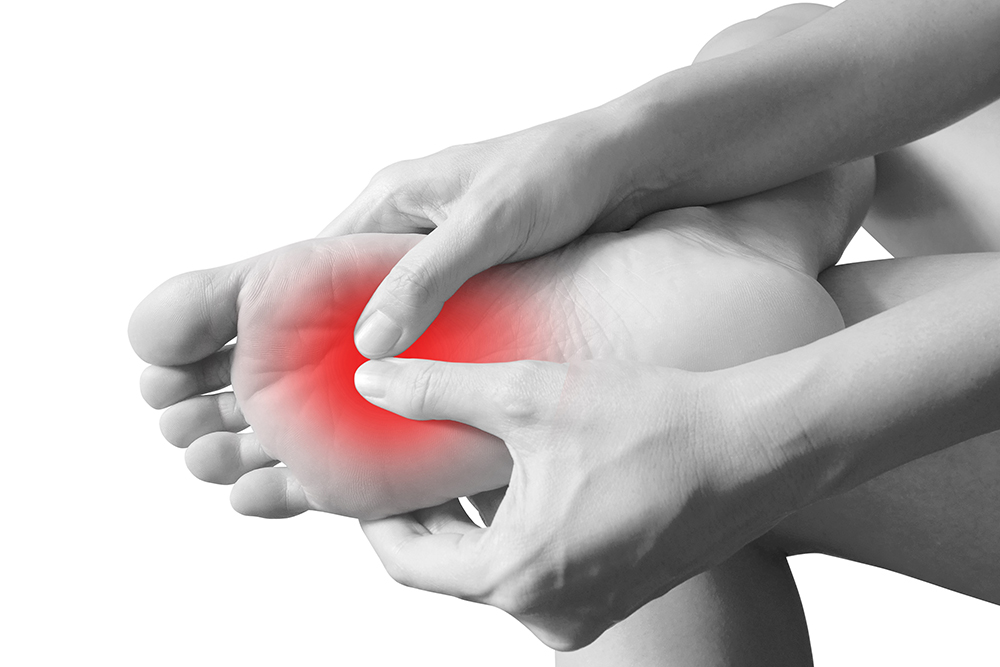

Wherever two bone ends meet to form a joint, it is surrounded by a fibrous joint capsule that envelopes the bone ends and helps keep the joint well aligned and moving smoothly.
If you have capsulitis, it means that the capsule surrounding one of your joints has been damaged and inflammation has resulted. This can compromise the function of the joint, and you can become vulnerable to joint dislocations, injury to the structures surrounding the joints, and a great deal of pain.
What Causes Capsulitis & Who Is At Risk?
Any joint in the body can be affected by capsulitis and at any age. Capsulitis isn’t limited to the lower limbs – an example you may already be familiar with is a frozen shoulder. In the foot, it is the joints at the ball of the foot that tend to be affected most frequently – particularly in the second toe in those who have a longer second toe than their first toe. Given the pressure that these joints take on when pushing off the ground during every step you take, and their important function, developing capsulitis can be a very painful and debilitating problem.
In our experience, women tend to suffer from capsulitis more frequently than men because of their tendency to wear high-heeled, narrow or unsupportive footwear. This is because they can put more pressure onto the joints of the forefoot instead of distributing the pressure along the entire sole of the foot.
Have a bunion? You may also be more vulnerable if your bunion causes more pressure to shift onto the lesser toes when walking. Having tight calf muscles, an unstable arch, toe deformities like hammertoes and regularly overloading the feet and legs during high-impact activities like running are also common traits we see in our patients with capsulitis.
Signs & Symptoms Of Capsulitis
Pain beneath or over a joint is a primary sign of capsulitis. You may also experience:
- Redness and warmth at the joint
- Swelling
- Pain when walking or putting pressure on the joint – often patients describe is as the feeling of walking on a pebble
- If the particular joint has been overloaded for some time, you may also have a callus on the bottom of the foot beneath the affected joint
If the capsulitis is severe and the joint becomes unstable or dislocated, you may notice that the position of the bones that comprise the joint may move out of place, which may leave the joint looking prominent (e.g. there being a noticeable space between the toes) and other characteristics.
Treating & Preventing Capsulitis
Given that the cause involves overloading and straining the joint, relieving pressure away from the painful joint is essential. Don’t worry – that doesn’t mean you have to stop walking altogether. We have a number of treatments available that can offload the joint while you continue to stay mobile. These include:
- Custom foot orthotics that we can incorporate elements of pressure deflection and cushioning, allowing the other bones to share the load instead
- Padding to offload the joint
- Strapping or splinting the toes
- Footwear recommendations that help keep your foot in a position that supports joint offloading
Our best advice is never to ‘leave it and see how it goes’ when it comes to capsulitis. It does not have a tendency to get better on its own – if anything, it is more likely to deteriorate and worsen – and fairly quickly too.
Next, the goal is to prevent the same problem from recurring after you have recovered. Here, we’ll look for the cause and contributing factors to your capsulitis during a comprehensive lower limb assessment. We’ll create the best treatment plan for you based entirely on your findings, which may involve physical therapy for muscle tightness or weakness, gait retraining, regular use of supportive foot orthotics, and more.




